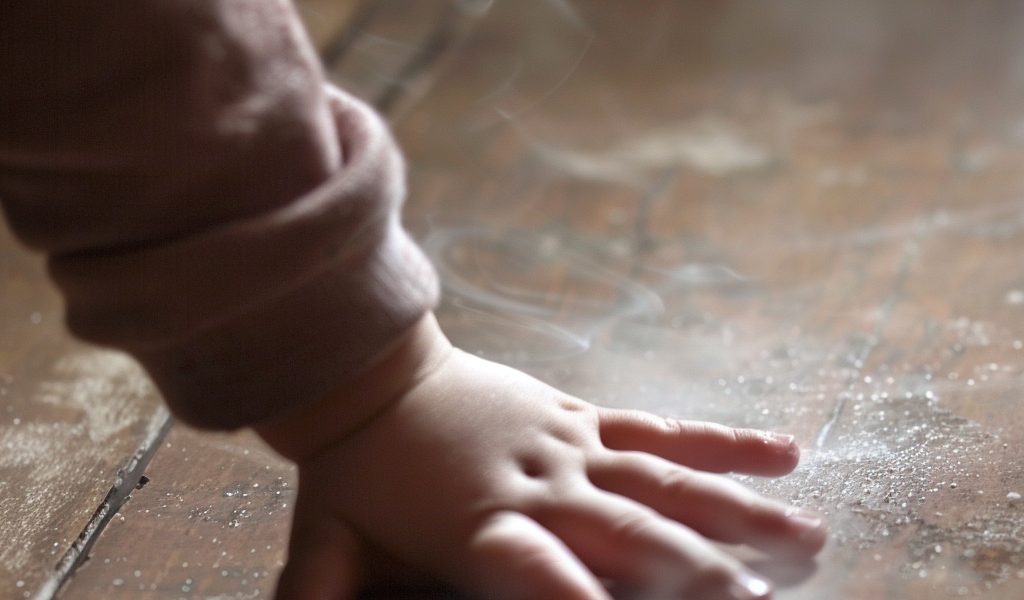Smoking is a well-known killer, with cigarette smoking being the leading cause of preventable deaths in the United States, resulting in 480,000 deaths annually. This equates to a staggering 1,300 deaths every single day. While the dangers of firsthand and secondhand smoke are widely recognized, a new concern has emerged – thirdhand smoke.
Thirdhand smoke refers to the residual tobacco smoke pollutants that linger on surfaces such as furniture, walls, and floors even after the cigarette has been extinguished. According to Ashley Merianos, a tobacco researcher at the University of Cincinnati, thirdhand smoke can be just as harmful as secondhand smoke.
Merianos’ study revealed alarming findings – 50% of children living in homes with smokers had cancer-causing chemicals like NNK on their home surfaces, and 70% had NNK present in the dust throughout their homes. Additionally, all children had nicotine detected on their surfaces, indicating widespread exposure to harmful toxins.
Even homes with smoking bans were not immune, as thirdhand smoke can persist in environments for years, putting children at risk without their caregivers even realizing it. Notably, lower-income households showed higher levels of NNK and nicotine on home surfaces, highlighting the disproportionate impact on vulnerable populations.
Merianos emphasizes that simply not smoking indoors is not enough to protect children from the dangers of toxic chemicals found in cigarettes. The study underscores the importance of raising awareness among parents and caregivers about the risks posed by thirdhand smoke and the need for comprehensive measures to safeguard children’s health.





